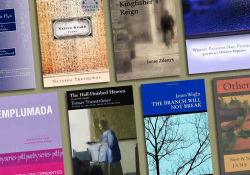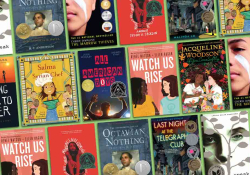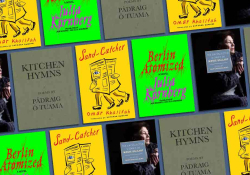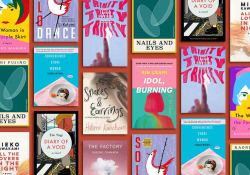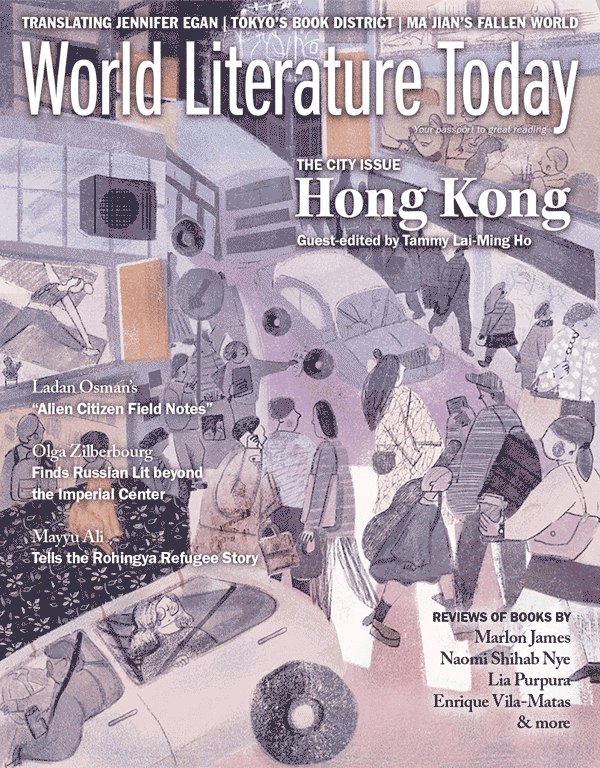Little Dancer Aged Fourteen: The True Story Behind Degas’s Masterpiece by Camille Laurens
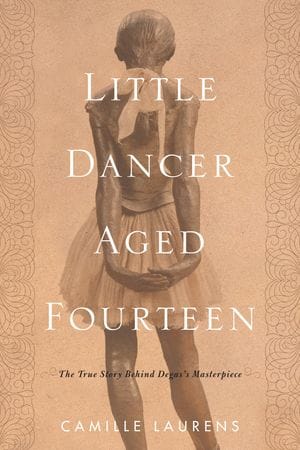
Little Dancer Aged Fourteen:
The True Story Behind Degas’s Masterpiece
Trans. Willard Wood
Other Press
Camille Laurens’s slim yet engulfing book ignited by one of Edgar Degas’s most famous works, Little Dancer Aged Fourteen, serves as a reminder that even if we can’t find all the answers, we can—and ought to—ask the questions. Prying into the life of Marie van Goethem, the young model who posed for this wax sculpture by Degas, Laurens takes the reader on a journey not just through the ballet practice rooms Degas so famously captured but through the streets of nineteenth-century France with both a humane and journalistic eye that treats Marie’s life with a dignity and gentleness she likely rarely encountered in her lifetime.
Laurens’s book, translated by Willard Wood, is one that will send the reader down lots of rabbit holes. Searching for the girl in Degas’s controversially received Little Dancer means understanding who the “little rats” were in the Paris Opera and what being an adolescent would have looked like before child labor protections became common. To use Degas’s own words, Laurens’s quest to unveil Marie’s story falls adjacent to the artistic pursuits Degas deeply admired, art “where the truth about life is bluntly expressed.”
This journey through artists’ studios and ballet slippers also presents the unsettling task of removing our icons from pedestals yet still appreciating them. Moments where it’s deeply enriching to admire Degas’s work collide with ones that might leave the reader to pace around him like the art critics did on the unveiling of Little Dancer. Does it matter whether Degas’s intent was to direct an empathetic eye on young women like Marie?
Either way, Laurens’s book does just that. She turns our modern gaze toward the intersections of the art world, the bourgeoisie, and those living in poverty in Paris two centuries ago and challenges the reader to balance questions about the wealth divide, social justice, and what an artist’s role is in articulating “the weight of the real.” She ultimately doesn’t force any conclusions, making this an attractive work of nonfiction that will leave the reader with a more intimate vantage point into the lives of both Degas and the immortalized Marie.












